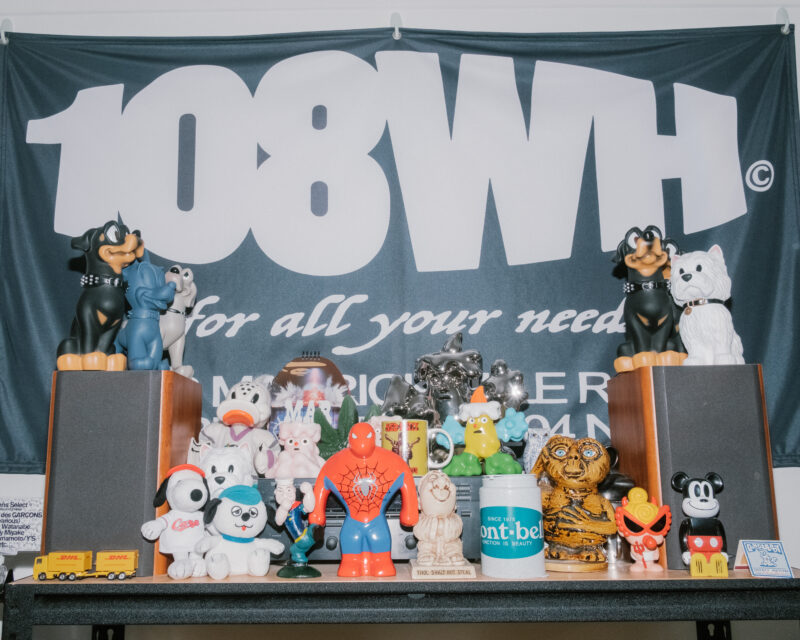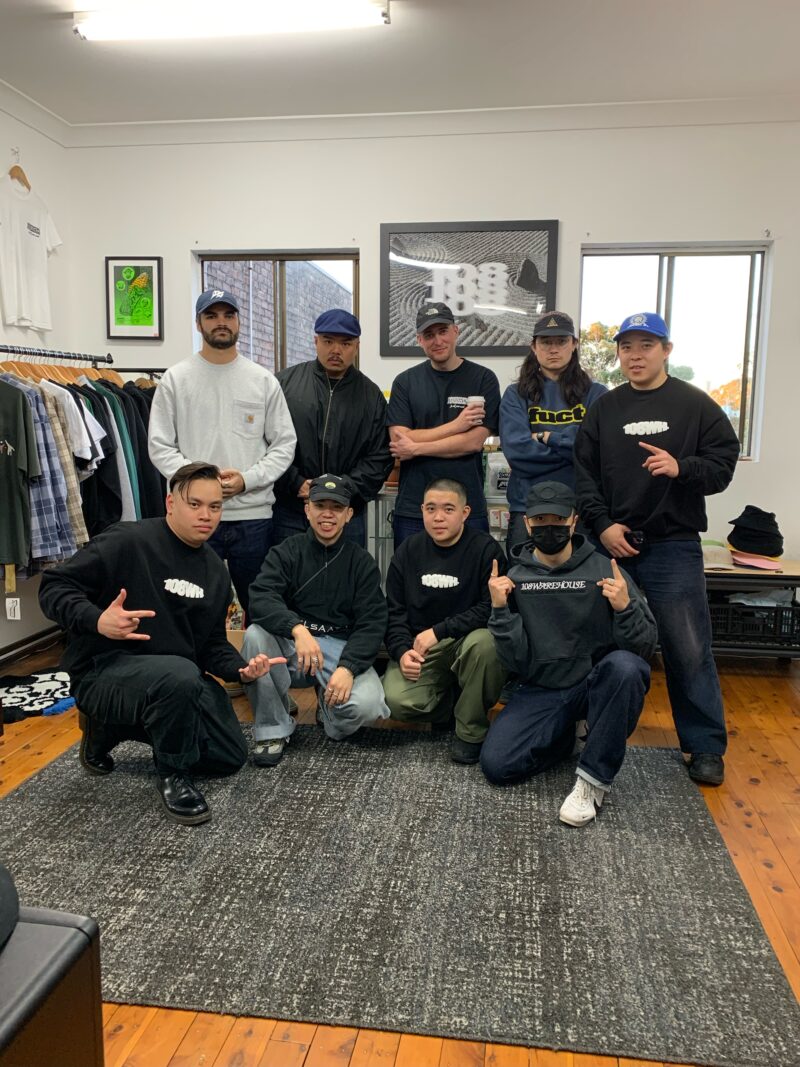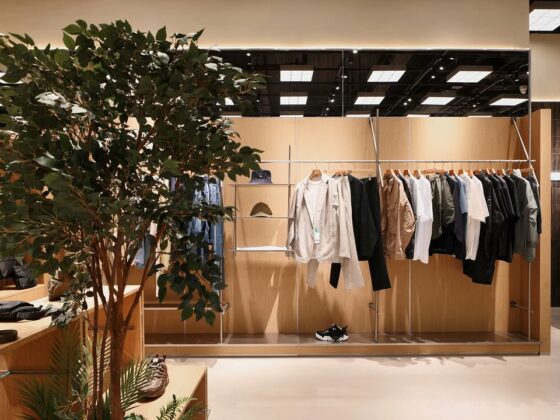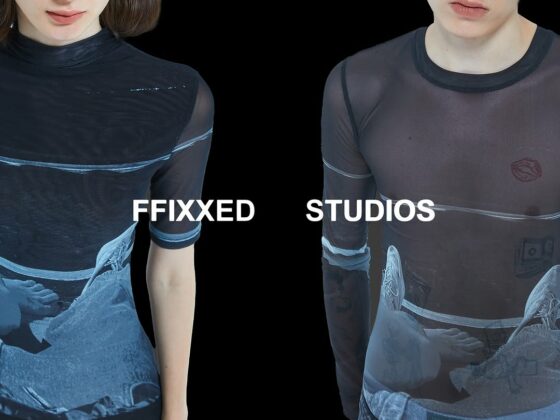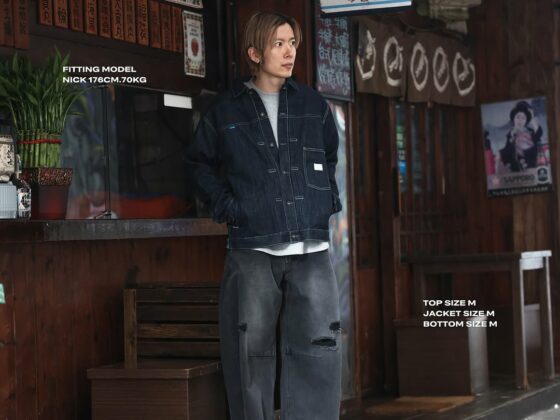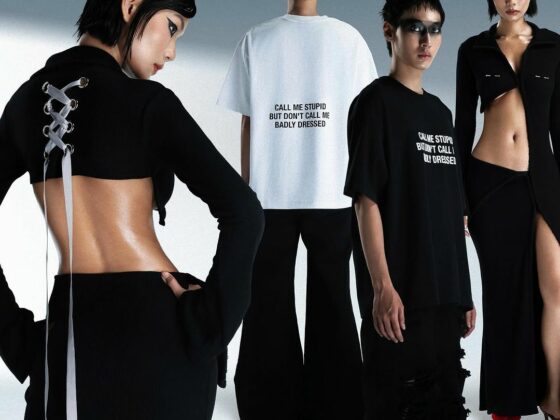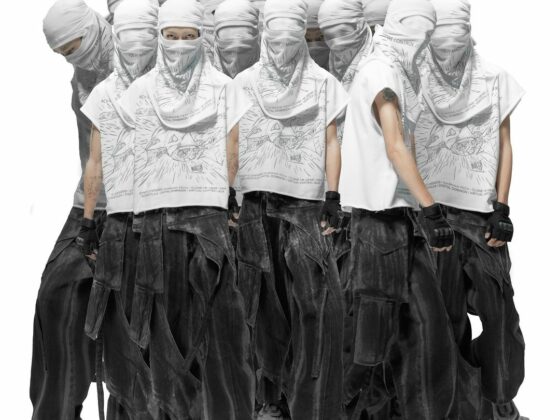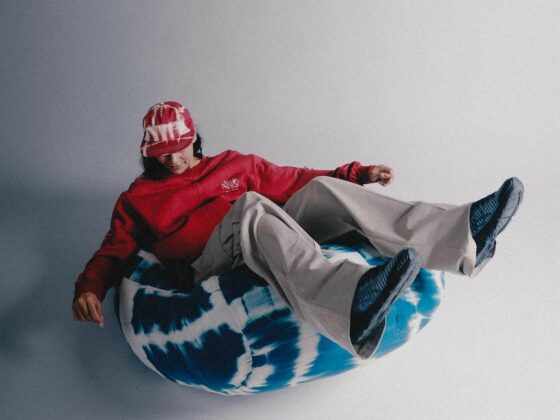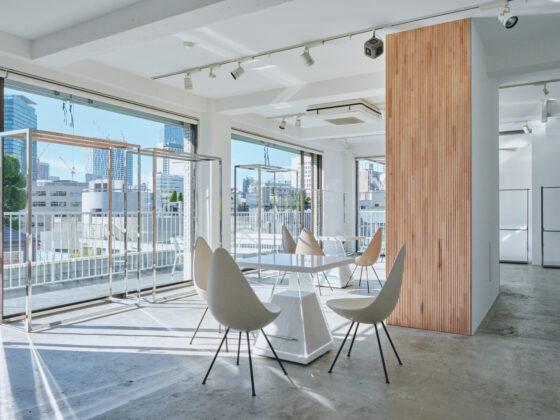Nana: Fashion has infinite possibilities, and new power is born from it. As a carrier of culture and times, fashion encompasses everything. From trendy to traditional culture, from celebrities, idols to everyone’s daily life, and from West to East, it is our discourse, our power, our time. Through Asian Voice, we hope to spread the local Asian fashion culture to the world by moving cross languages and borders.
In this issue of ASIAN VOICE, our second feature about Australia’s fashion and streetwear market scene, we welcome the founder of 108WAREHOUSE. As the need for fashion expression continues to grow, the founders have successfully transformed their business model from online to offline stores, resulting in rapid growth.
While the store initially focused on vintage and secondhand clothing, it now carries more select brands, many of which are from Asia, such as Taiwan and Indonesia. By traveling back and forth between the Asian and Australian markets, the store has gained a better understanding of Asian culture and clientele than other stores, enabling them to successfully enter the Australian market.
For 108WAREHOUSE, introducing new brands to the Australian market and growing with them is one of the most exciting things, not just for them but also for their customers.
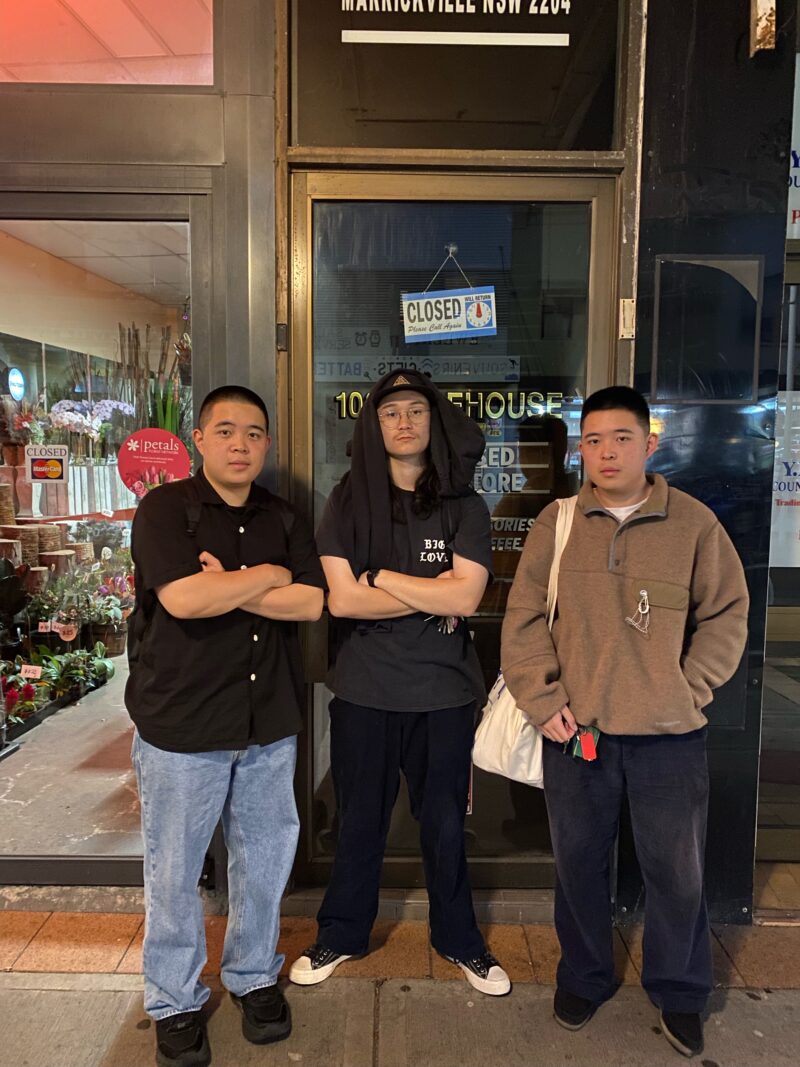
Nana: What inspired you to create the store and named it 108WAREHOUSE?
Edward&Edwin&Jacinto: We had the idea to start a store after buying and selling clothes through Grailed and Facebook groups for a number of years. It made sense for us to start a store as a fun project that could grow alongside us as our tastes changed. The name 108WAREHOUSE didn’t originate from anything significant – when we first started the online store my street address was number 108, and we stored all our stock in my garage which we thought of like our warehouse, so it just became 108 Warehouse and has stuck since.Nana: Have you noticed any specific styles or trends within Asian streetwear that have become popular in Australia recently?
Edward&Edwin&Jacinto: Overall, we’ve seen a trend back to larger silhouettes and more relaxed cut pants, which is very exciting for us! Slim silhouettes are still the most common, but it’s fun seeing people go outside of their comfort zone and try something a bit more oversized. It also seems like people are also moving out of sneakers and into more classic footwear, like a dress shoe or a mule. This feels like a reaction to people being dissatisfied with fast fashion and sneaker culture, where trends move so quickly and customers are more in the market for longer lasting, well-made pieces that can stay in their rotation long term. It goes to show that classic silhouettes can always be worked into peoples wardrobes!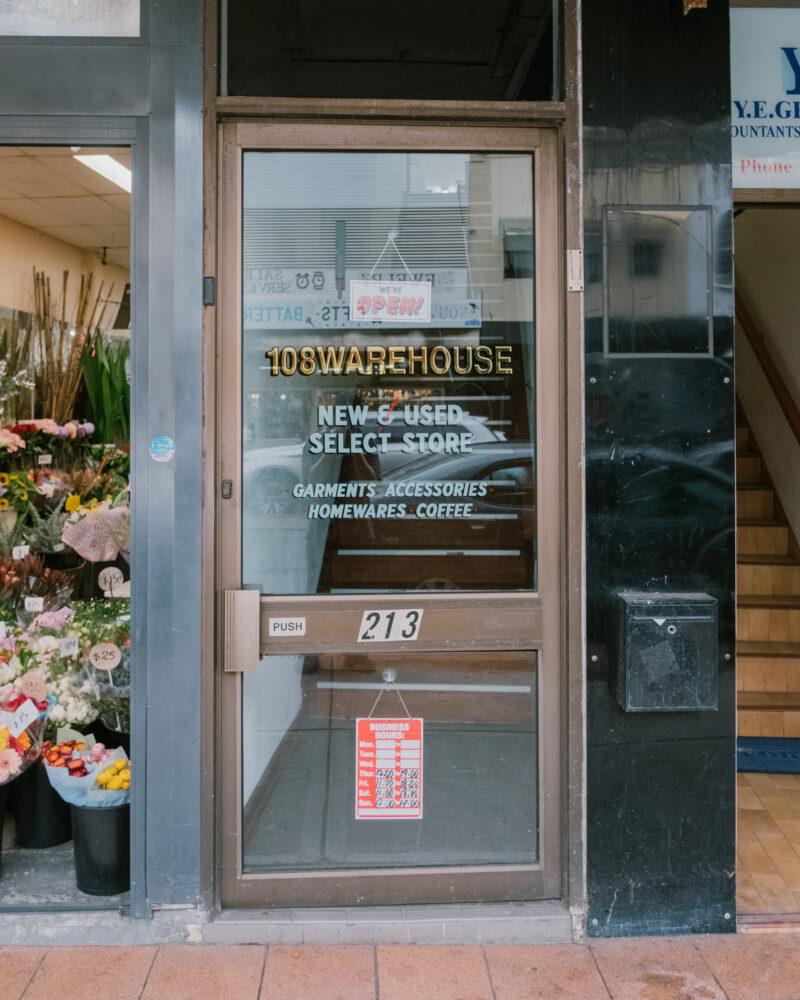
Nana: Your store possesses many great Asian brands from Indonesia, Taiwan etc., how do you think Asian fashion trends differ from Australia fashion trends in the streetwear scene?
Edward&Edwin&Jacinto: In our experience Asian brands tend to be more experimental in terms of silhouette which is something less common with brands here. A big reason for that is for a majority of the year the weather is generally too hot to be layering or wearing heavier garments.Nana: How do you curate your selection of brands and items for your store?
Edward&Edwin&Jacinto: We started the shop with only vintage and secondhand clothing but as the store has grown we were able to bring in select brands. We love bringing new brands into Australia and putting a spotlight on them. Staying true to ourselves and our own personal style is really important to us and that is reflected in our curation of brands we stock as well. We stock brands with values that align with and excite us. That could be the use of innovative materials, clever graphics, being community focused or all of the above. In terms of our vintage and secondhand selection, we were already big fans of these brands and have been buying them for ourselves over the years. We stock items from brands with a lasting legacy – some examples are Comme des Garcons and Nepenthes. Within these umbrella brands there are over 40 years of history to dig through, in addition to their many sub labels each with their own personality. Being able to have pieces from different stages of the brands life is really interesting to us and hopefully our customers as well.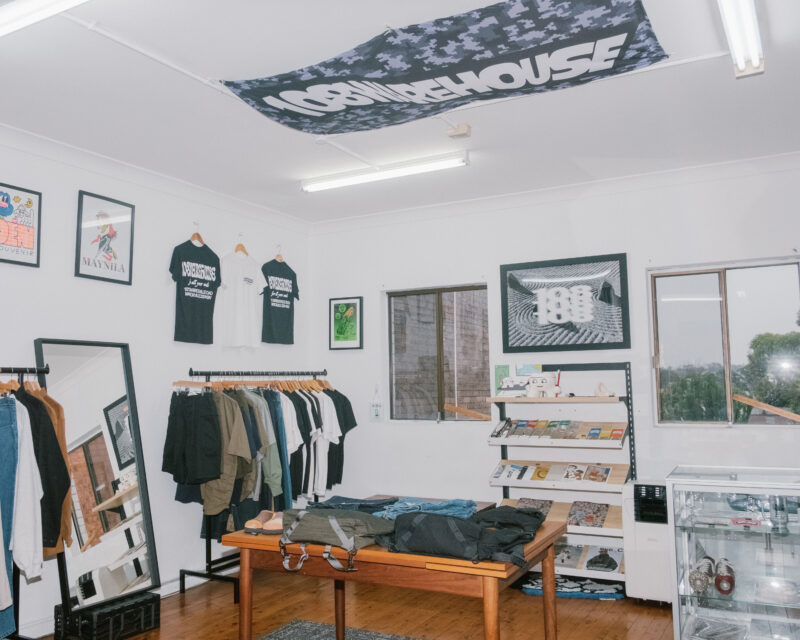
Nana: What sets your select store apart from other retailers in Australia and how do you differentiate yourself in a crowded market?
Edward&Edwin&Jacinto: Sydney has a small but growing retail scene and we’re lucky to be apart of it. There is a lot of space for each store to carve out their own story. For us we try to keep it simple but also stay true to ourselves, we do our best to provide great customer service, quality curation and a strong sense of community.Nana: Is it possible for you to share some memorable collaboration project that you’ve done before?
Edward&Edwin&Jacinto: Collaborations are one aspect of the business we really enjoy and we’ve been very lucky to have had the opportunity to work with many of our talented friends. Each one has been a very important moment for our business and we’ve been able to take away so much from each experience. One of our most memorable collaborations has been with Sydney hardcore band, Speed. The collaboration at that point was our most extensive to date, we were able to offer a large collection of items including a tee shirt, umbrella, diner mug as well as a custom blend of coffee. We hosted them in our store space for the day and had numerous people come in and out to hang out, shop and listen to the band’s latest EP. It was awesome to create something with our good friends and host something for the community.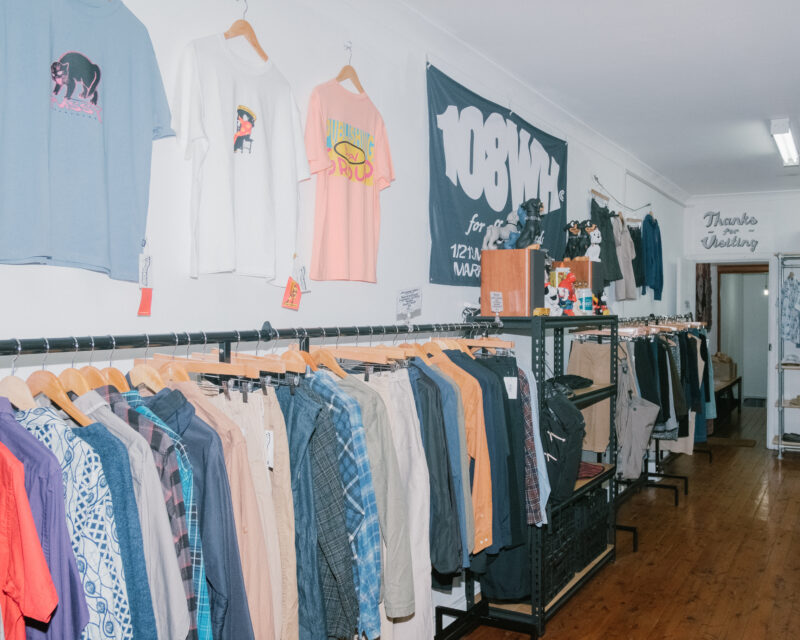
Nana: Are there any challenges that you’ve faced in promoting and selling Asian streetwear in Australia?
Edward&Edwin&Jacinto: There are many challenges in general with running a clothing store in Australia, from logistics to international shipping fees and the rising cost of living in Sydney. But I think the biggest challenge we’ve faced is probably our choice of location. We’ve opened in Marrickville which is a suburb rich with culture and history, but it is not very known to be an area with a shopping emphasis. However as we have grown, it has been nice to see many more people visiting and coming to check out the shop. It feels special to know people are making their way specifically to come and see our store. Another challenge with stocking lesser known Asian brands is educating the customer on the brand and its identity. Stylistically some of them are quite different to what the general Australian market is wearing at the moment, however, the fashion space is continuing to grow rapidly in Sydney and we can see more and more people gravitating to these brands.Nana: What advice would you give to someone who is interested in starting their own business in the fashion industry?
Being genuinely passionate about what you do also helps in many ways, from keeping yourself motivated to the way you portray yourself to your customers.



